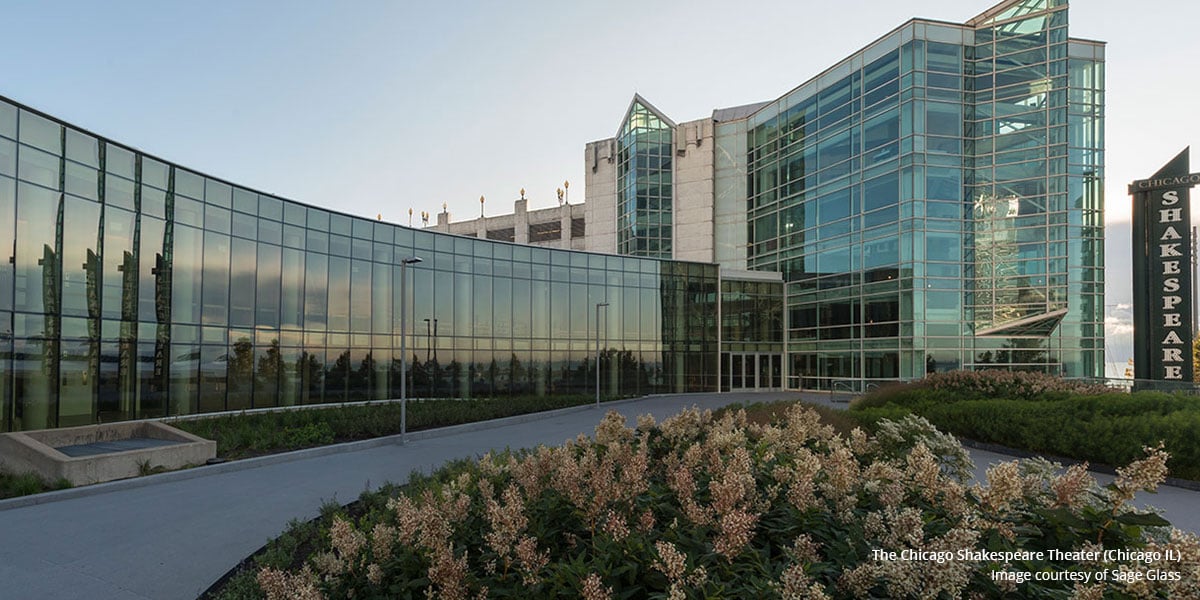With its first two financings, the New York City PACE program, also branded as the NYC Accelerator PACE program, has prominently featured building envelope technologies among the “eligible measures” financed.
In particular, dynamic glass or “smart windows” have been noted in transaction reporting. Dynamic glass for buildings adjusts in response to the sun in much the same way eyeglasses can tint when an individual moves from inside to outside. The prop-tech qualifies as a PACE eligible measure because it blocks heat generated by sunlight, which decreases the cooling burden on HVAC systems; meanwhile, tenants and building occupants enjoy a view that is unobstructed by shades and blinds.
The energy-saving nature of dynamic glass is a key to allowing building owners and developers to tap the private capital available through the NYC PACE programs as well as other programs nationally, as PACE financing fundamentally provides equipment financing for energy-saving and renewable energy infrastructure in commercial buildings.
“PACE helps combat value engineering, which is a primary obstacle to the adoption of dynamic glass,” states Ryan Park, Vice President of Sales and Marketing for SageGlass, a Saint-Gobain company, the industry’s leading innovator and patent holder. “Building owners, architects, and energy consultants can see the benefits and experience the difference in comfort when they visit our showcase facility in Malvern, Pennsylvania, but the financials are also important and that is how PACE can help,” he continued.
Energy auditors are seeing an opportunity for C-PACE financing to play a role in helping clients move forward with the best engineering decisions possible.
“We have dozens of clients in the NY market that are evaluating the options we have recommended based on audits driven by LL87 or their own their own ESG goals, and envelope improvements like dynamic glass will play a huge role in reducing energy consumption,” stated Chris Cayten, Partner and Senior Director Strategic Growth at CodeGreen Solutions. “The benefits are adding up for installation: avoiding LL97 fines, the availability of C-PACE financing, and tenant demand for comfortable work and living space," he continued.
Cayten and the CodeGreen team are seeing some buildings facing annual fines of $1-2 per square foot, which add up quickly for large buildings.
"Envelope improvements are a great way to save energy and help reduce the size and cost of future HVAC retrofits,” suggests Cayten.
NYC PACE projects completed at 111 Wall Street and TIAA Nuveen’s headquarters at 730 Third avenue included dynamic glass. Both buildings feature prominent facades with tens of thousands of square feet of window coverage and present a significant opportunity for energy savings. Data from a Draft Research and Development Opportunities for Windows report by the Office of Energy Efficiency & Renewable Energy suggests that windows affect end uses accounting for 40% of building energy use indirectly and 10% directly.
“That leaves a lot of room in the skyline for C-PACE financing to help NYC building owners save energy and put C-PACE capital to work behind their building improvements and soon new construction, which is expected to be added to the program in the near future,” advised Douglas P. Harmon, managing director at Counterpointe Sustainable Real Estate, a national C-PACE lender.

